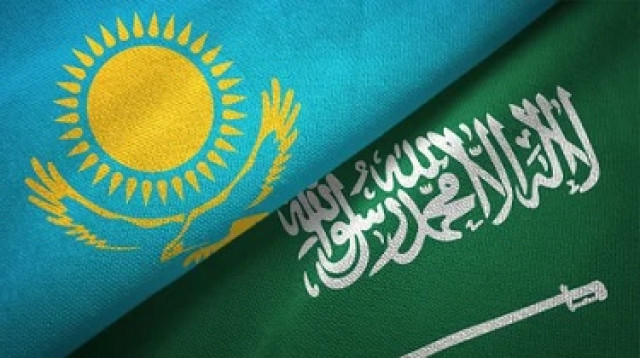
Kazakh schoolchildren are
catching on to the trend of innovation. Danial Iskakov, a student at the
Nazarbayev Intellectual School, has developed a unique method for efficiently
utilizing meltwater. He independently designed a device that can purify melted
snow from the roofs of houses and buildings, making it usable for technical
purposes. According to the high school student, the project is energy-efficient
and cost-effective. It uses the heating system of the basement to melt the snow,
enabling residential complexes to meet their water needs in the future.
“First, cleaners load snow into a
storage container, which is then melted using a special heating element. The
melted water passes through a physical filter that can be removed and cleaned, before
being directed into a special reservoir for melted water. From there, it is
delivered to consumers using a pump. A special biological filter can be
installed to ensure that the water undergoes complete purification and becomes
potable,” Iskakov explained.
A talented schoolgirl from Astana
has developed another interesting project to collect and process data about
medicinal plants growing in Kazakhstan. A special mobile application provides access
to information, including biological descriptions of herbs and methods for preparing
medicinal tinctures and decoctions. Thus, users need to take a photo of a live
plant or attach an existing image, after which the program will generate
information from various sources using artificial intelligence. According to
the project developer, the application is already available in Kazakh and will soon
include data in English and Russian.
“We used the Chapple web
application by the Google team to develop the mobile application. We wrote code
in Android Studio in Java to enable plant recognition. We aim to further improve
the app by incorporating information not only about plants growing in the Akmola
region but also encompassing all plants in Kazakhstan. All of this data,
including plant distribution across regions and their medicinal properties, will
be integrated into a database,” said project developer Dilyara Kanatkyzy.









